When shopping for an oven, you may come across two similar-sounding features: self-cleaning and steam-cleaning. Both make it easier to clean your oven, but each uses a different method.
If you’re considering a steam-cleaning versus a self-cleaning oven in your electric range or gas range, you might feel overwhelmed by the choices, but learning the difference can help you make the right choice. We asked the experts to explain the difference between these two oven features so you can decide which one will work best for you.
What is the difference between steam-cleaning and self-cleaning ovens?
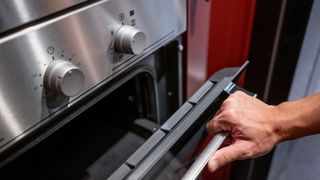
Steam-cleaning and self-cleaning ovens both offer a hands-off way to remove dirt and grime from inside the appliance. However, each uses a slightly different cleaning method.
Self-cleaning ovens
“Traditional self-cleaning ovens use high heat between 800°F and 900°F to burn grease and food residue into a powdery ash, which is easy to wipe away once the cooling period is complete,” says Gerrod Moore, integrated brand manager with Maytag Kitchen.
Steam-cleaning ovens
Steam-cleaning ovens use steam rather than intense heat to clean an oven. As Brie Lemmen, Whirlpool Kitchen brand manager, explains, “Steam cleaning cycles use water to loosen soils to make wiping away easier, and temperatures inside the oven can reach up to 400ºF.”
To use a steam-cleaning function, you’ll need to add water to the bottom of your oven and turn it on. “As the oven heats, it turns the water to steam to help soften the residue,” explains Lemmen. “After the cycle is complete, [you can] simply wipe away residual water and soil with a wet cloth.”
She notes that the exact process can vary by oven brand and model and recommends checking the owner’s manual for instructions before starting a steam-cleaning cycle.
What are the pros of a steam-cleaning oven?
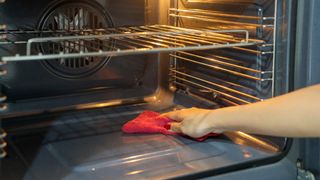
Steam-cleaning ovens use lower heat and the power of water to clean an oven quickly and effectively. “Steam-cleaning ovens are a quick and energy-efficient way to address light grime on a more regular basis,” explains Moore. This function can be used frequently to clean your oven and prevent grime and grease buildup.
Amelia Hensley, director of cooking systems for GE Appliances, agrees. “[Steam-cleaning ovens are] good for a quick clean on light soils, something you might do every week,” she says.
Lemmen explains that cycles take around an hour, adding, “There’s less of a requirement to ventilate or open windows since the steam cleaning process is unlikely to emit significant smoke or odors.” This is especially beneficial in the middle of summer or winter when the last thing you want to do is open your windows.
What are the cons of a steam-cleaning oven?
Although steam-cleaning ovens have many positive features, there are also some downsides to be aware of. “Homeowners may find themselves running this cycle more often than a high-heat clean, as it is designed for lighter, more frequent cleans,” explains Lemmen. Although the cycle is relatively quick, it’s surprising how running it frequently can quickly add up.
Additionally, Moore explains that steam-cleaning ovens are “less effective on stubborn, baked-on messes” than self-cleaning ovens. If leftover dirt and grime remain after the cycle is complete, you may need to run a second cycle or clean the oven manually to remove it, adding to your oven cleaning time.
What are the pros of a self-cleaning oven?
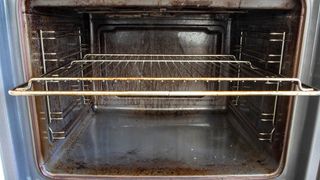
A self-cleaning oven cycle gets a deeper clean than a steam-cleaning cycle, which makes it ideal for sticky, baked-on messes that won’t budge with traditional cleaning methods. “Self-cleaning ovens are designed for heavy-duty cleaning on a less frequent basis,” Moore says.
Lemmen explains that this cycle cleans deeply without chemicals. “The self-cleaning cycle effectively burns away stubborn, baked-on spills, providing a thorough clean without the need for chemical cleaners,” she says. This makes it ideal for homeowners looking to reduce the use of chemicals in their homes — or those who can’t use chemical cleaners for health reasons.
Hensley says that a self-cleaning cycle is perfect for occasional deep cleaning sessions. “[Self-cleaning ovens] get a deep clean that’s perfect for [cleaning messes] after holiday entertaining,” she says. She also suggests using a self-cleaning cycle when deep-cleaning your home in the spring or fall.
What are the cons of a self-cleaning oven?
Self-cleaning ovens have several cons, too. The biggest downside is the time it takes for the cleaning cycle to complete. “The self-cleaning cycle can take up to six hours to complete, and it’s recommended to avoid leaving the oven unattended while active,” says Lemmen. “Therefore, I don’t recommend running this cycle on a busy day!”
The self-cleaning oven cycle can also produce smoke and odor, so you must ensure the room is well-ventilated before starting the cycle. “Some best practices to reduce the potential for this include wiping out loose soil and ensuring that the kitchen is well-ventilated before performing the cleaning cycle,” advises Moore. “The longer the residue sits and dries in a steam-cleaning oven, the harder it may be to remove.”
Top tip
Lemmen recommends keeping pets in a separate room while the oven is running a self-cleaning cycle. “Their sense of smell is more acute than ours,” she explains, which means they can be more sensitive to the oven’s odors during the cleaning cycle.
Andy Shu, an appliance repair expert at ZapFixers, adds using a self-cleaning oven cycle can be a big downside for some people, as it “produces smoke, consumes a lot of energy, and can significantly heat up the kitchen.” It essentially prevents you from using your kitchen for the duration of the cycle.
Because self-cleaning ovens operate at high heat, they can cause damage to the oven’s components over time. Shu recommends using the cycle sparingly to avoid this. “Once, I was repairing a self-cleaning oven where the thermal resistor and the mainboard had fried due to the extreme heat generated during the cleaning cycle,” he says. “The customer wasn’t aware that frequent use of the self-cleaning function could stress the oven’s components.”
Verdict: Which is right for you?
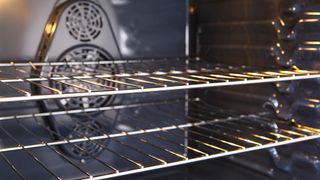
Choosing between a self-cleaning and a steam-cleaning oven can seem complicated, but it doesn’t have to be. Lemmen recommends that customers “consider the amount of oven usage, as well [their] cleaning cadence,” when deciding which one to buy.
Hensley suggests asking yourself several questions to decide on the best option. “Are you more likely to keep your oven clean with a shorter steam-clean cycle that you can run more often? Or do you prefer to get a deep clean with a longer self-clean cycle that you’d likely run less frequently?” she says. “Steam-clean can be run without much planning, like after a big dinner or every time you run the dishwasher,” she adds, while “self-clean is best when you don’t have plans to use your oven for a few hours.”
According to Moore, your choice depends on your household needs and preferences, such as energy, time, and how often you plan to clean your oven. “Steam-cleaning oven [cycles] require less energy, last between one and one and a half hours, and can be completed as needed.," he says, "Alternatively, self-cleaning oven [cycles] require high-temperature adjustments, last between one and a half to three hours, and can go up to three months without being cleaned.”
More from Tom's Guide
- Discover 7 tips to keep your oven cleaner for longer
- And 7 oven mistakes you never knew you were making
- Plus, professional cleaner shares the cleaning spray hack that will leave your appliances spotless, and save you money
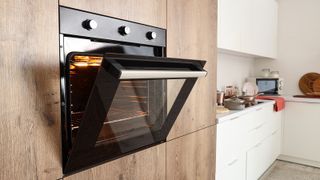








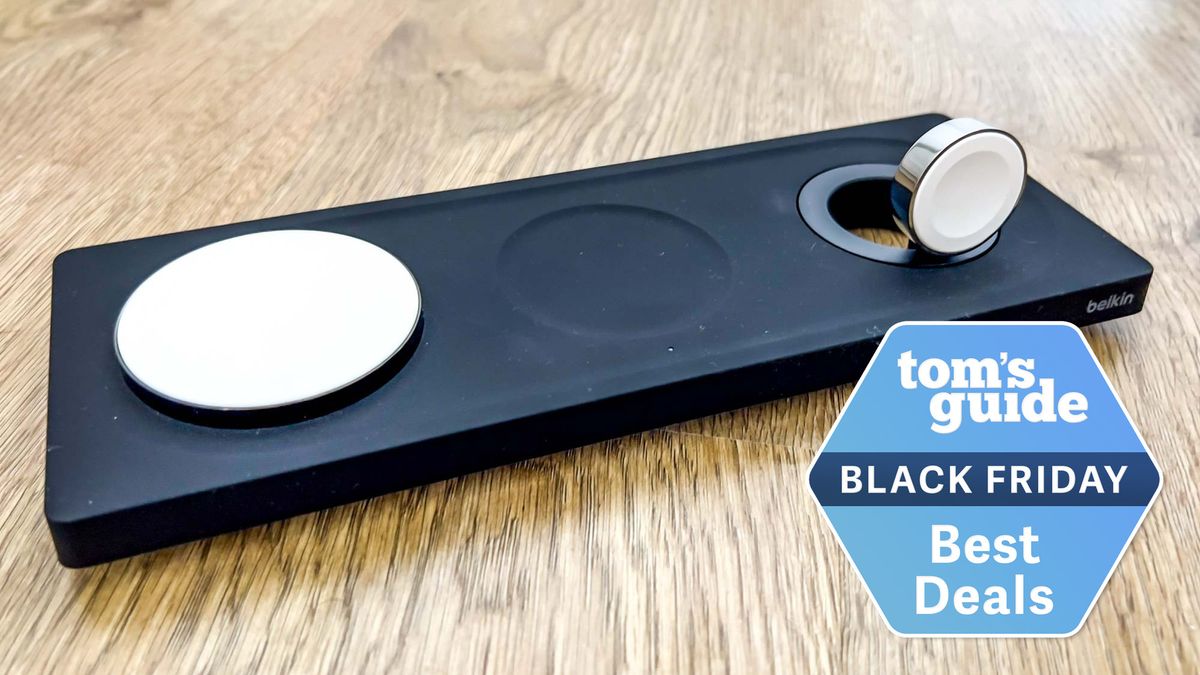










 English (US) ·
English (US) ·